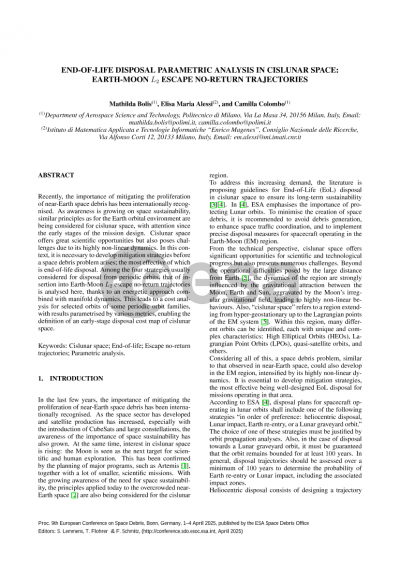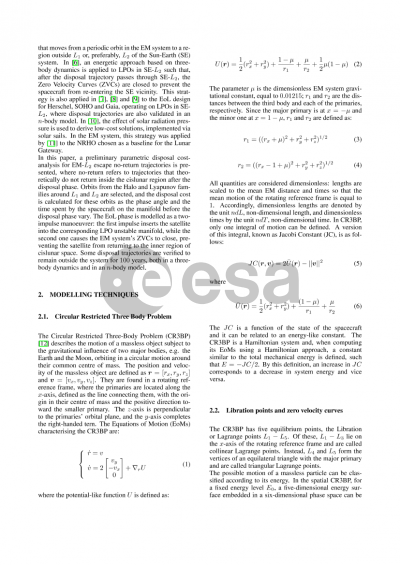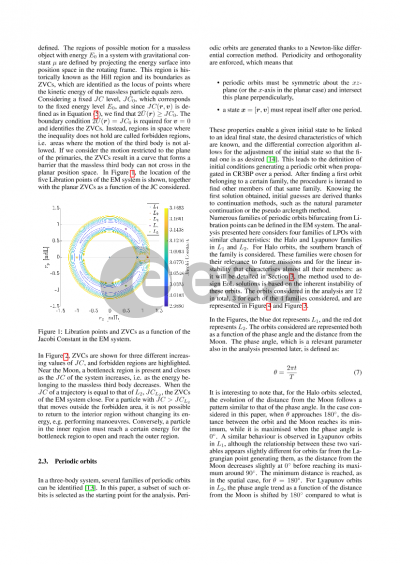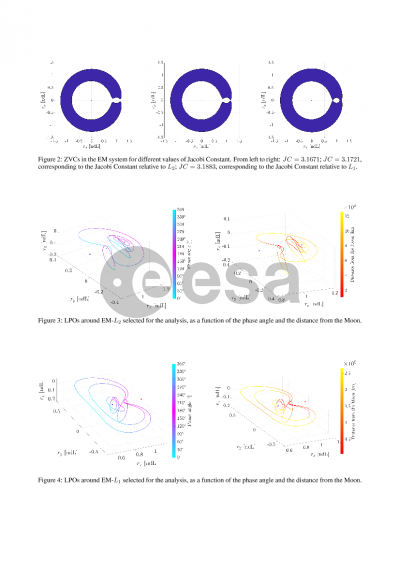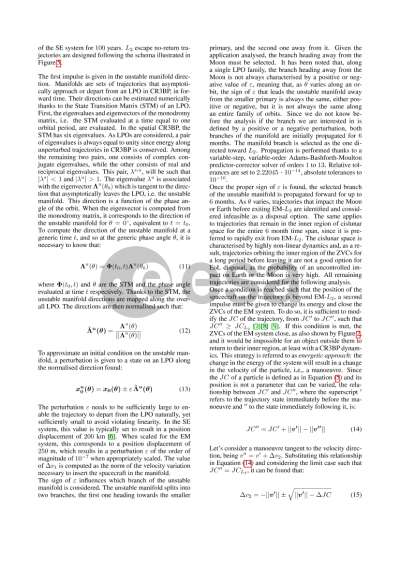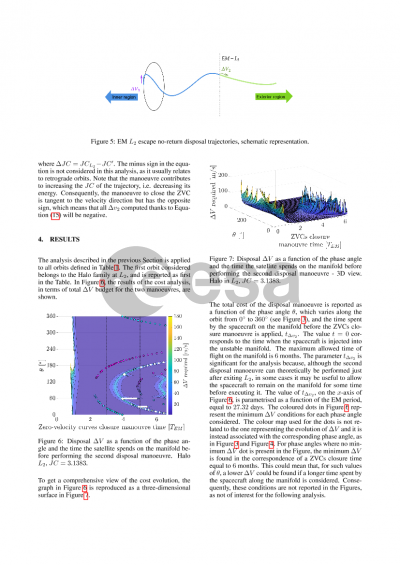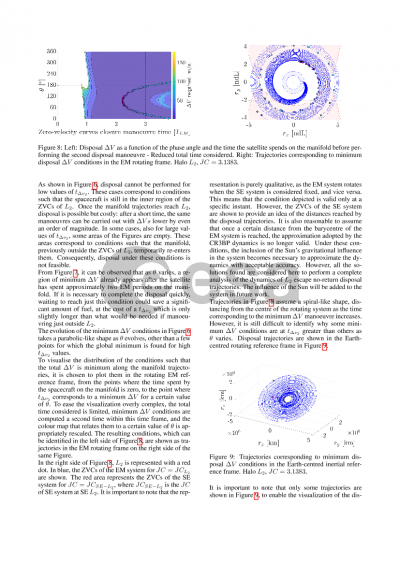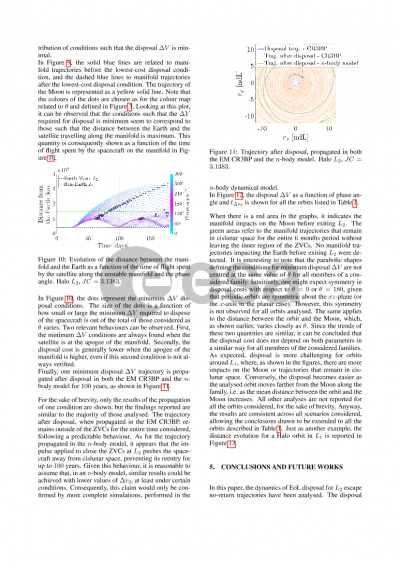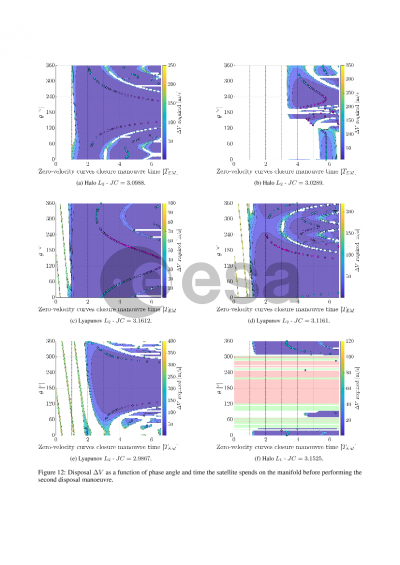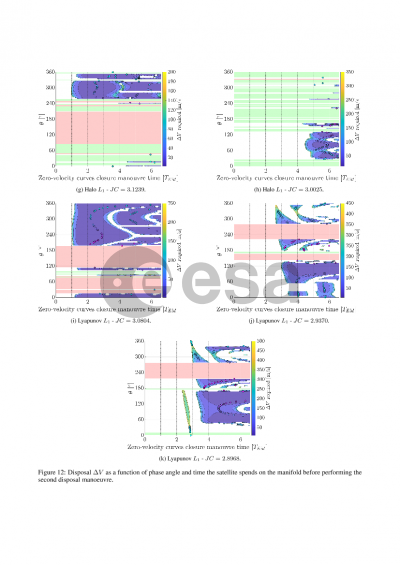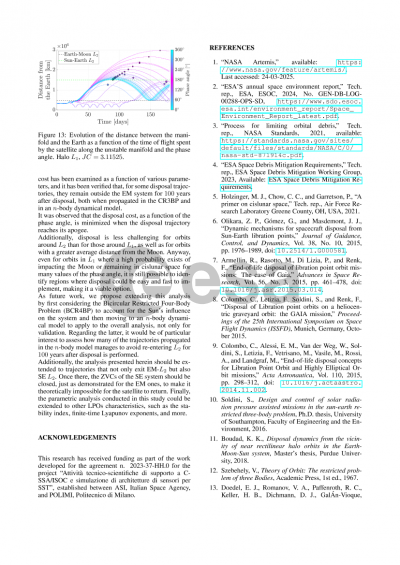Document details

Abstract
In the last few years, the importance of mitigating the proliferation of near-Earth space debris has been internationally recognised. As the space sector has developed and satellite production has increased, especially with the introduction of CubeSats and large constellations, the awareness of the importance of space sustainability has also grown. At the same time, the interest in cislunar space is increasing; as near-Earth space becomes more crowded, the Moon is targeted to be the next frontier for both scientific and human exploration. This interest has been confirmed by the planning of major programs, such as the Artemis one, together with smaller, scientific missions.
The cislunar space offers significant opportunities for scientific and technological progress but also presents numerous challenges. Beyond the obvious operational difficulties posed by the large distance from Earth, the dynamics characterising the region are strongly influenced by both the Moon's and Earth’s gravitational fields and the irregular gravitational field of the Moon, leading to highly chaotic behaviours. This means that a space debris problem, similar to that observed in near-Earth space today, could also develop in the cislunar region, intensified by its highly chaotic dynamics. Consequently, it appears necessary to develop mitigation strategies even before the problem arises, with the most effective being well-designed end-of-life disposal for missions operating in cislunar space.
Disposal at end-of-life must be conducted to minimise the risks posed by non-operational spacecraft to current and future missions, while also keeping costs low. Four possible disposal strategies can be considered: Earth re-entry, lunar impact, insertion into a cislunar stable graveyard orbit, or insertion into an Earth-Moon L2 escape no-return trajectory. In this paper, of these four possible disposal strategies, the insertion into an Earth-Moon L2 escape no-return trajectory is considered. An energetic approach is employed: given a periodic orbit, a spacecraft operating on it is inserted into an escape trajectory with a small impulse and, when the satellite is beyond Earth-Moon L2, the zero-velocity curves are closed via an impulsive manoeuvre, preventing the object from re-entering cislunar space. This analysis is extended to various families of periodic orbits, such as Halo, Lyapunov or Near Rectilinear Halo Orbits (NRHOs), which are considered particularly relevant for future missions and from a dynamic perspective. The results are then parametrised with respect to various variables of interest, such as flight time; characteristics of the originating periodic orbit, including stability; the Moon's period, etc. Such analyses make it possible to unveil the relation between end-of-life disposal costs in terms of delta-v and time and the system dynamics, providing the opportunity to formulate a preliminary “disposal map” of cislunar space, related to both dynamical characteristics and disposal cost.
Preview
